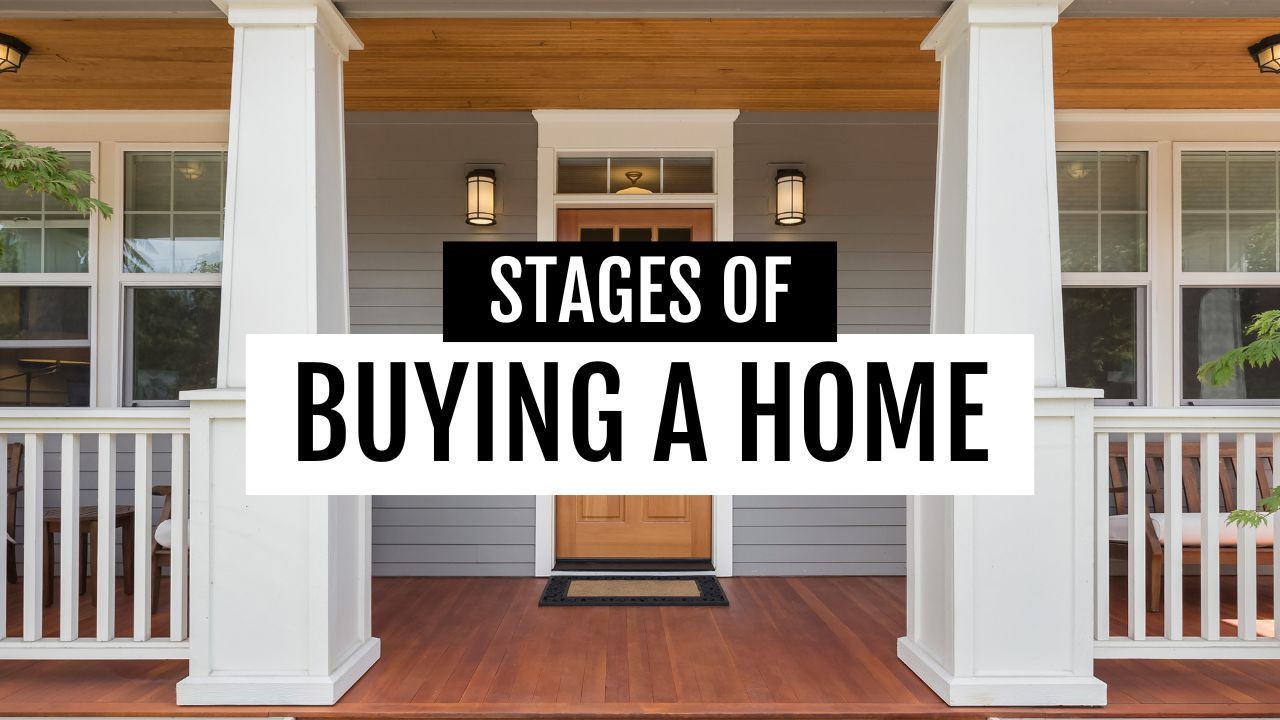The Dual Impact of Lower Mortgage Rates on Affordability and Availability of Homes in Weatherford, TX, and Parker County
Introduction
Housing affordability has long been a persistent issue, worsening over the last decade, with only a few brief periods of improvement. The rapid increase in home prices, driven by a significant gap between demand and supply, has played a crucial role in escalating borrowing costs and diminishing home buyers' purchasing power.
In recent years, the affordability crisis has deepened, reaching unprecedented lows primarily due to rising mortgage rates. These rates have surged in response to the Federal Reserve’s higher interest rates policy. For example, with a 10% down payment, a monthly mortgage payment for a $400,000 home is now $2,330, compared to $1,880 before the pandemic when mortgage rates were lower.
Affordability is closely linked to the availability of homes. As affordability declines, fewer homes become affordable, particularly for lower- and middle-income buyers. Currently, only about 37% of listings are affordable for buyers earning $100,000, a significant drop from over 60% before the pandemic. This reduction in affordable options is due to both a decrease in housing supply and reduced purchasing power. Addressing the intertwined issues of affordability and availability requires strategies that increase both supply and affordability.
However, there is optimism on the horizon as mortgage rates are expected to decrease later this year. As inflation approaches the 2% target, the Federal Reserve has indicated that interest rate cuts may be appropriate. Although these are not the rates directly paid by consumers, a reduction in rates for banks will eventually make borrowing cheaper for consumers.
The anticipated lower mortgage rates have raised questions about their potential impact on the housing market. This report examines how changes in mortgage rates affect the affordability and availability of homes for various income groups. While affordability is largely determined by buyers' income, this analysis explores the implications for each income group in detail.
Overall, the analysis suggests that lower mortgage rates will increase affordable options for home buyers across all income groups. Buyers with an income of $125,000 will benefit the most, with approximately 43,000 additional listings becoming affordable if rates drop to 6.0%. Middle-income buyers (earning $75,000) will also see significant gains, with about 33,100 more listings becoming affordable.
Additionally, lower mortgage rates could encourage more homeowners to sell, thereby increasing the overall housing inventory available on the market.
Impact of Mortgage Rates Versus Home Prices on Mortgage Payment
Understanding the impact of home prices and mortgage rates on monthly payments is crucial. Home prices determine the principal amount borrowed, while mortgage rates affect the interest paid on that principal. Changes in either factor significantly affect the overall monthly mortgage payment.
Data suggests that decreasing mortgage rates can improve home affordability more quickly than lowering home prices. A one percentage point decrease in mortgage rates can reduce the monthly mortgage payment by $226 for the median-priced home. Conversely, to achieve a similar reduction in monthly payments, the median home price would need to fall by 10%, or approximately $39,000, bringing the price to $345,500.
With the Federal Reserve lowering its interest rates, mortgage rates could fall below 6 percent by the end of 2025. Despite the slowdown in demand prompted by elevated mortgage rates, home prices continue to increase due to limited inventory. Historically, such declines in home price growth have only been observed during significant economic downturns, such as the Great Recession.
Lower Mortgage Rates; Additional Affordable Listings by Income Group
To quantify the effect of expected lower mortgage rates, Realtor.com®, in collaboration with the National Association of REALTORS®, analyzed the increase in affordable listings for each income group when rates drop from 6.8% (currently) to 6.0%.
The anticipated 80 basis points decrease in mortgage rates will significantly enhance the purchasing power of home buyers across all income groups. For instance, buyers earning $100,000 can currently afford a home priced up to $327,460 at a 6.8% rate. If the rate decreases to 6.0%, they could afford a home priced up to $348,070, representing a 6.3% increase.
Here is a breakdown of the key findings:
- Buyers at all income levels will have more affordable listings to choose from, expanding their options.
- Middle and upper-middle income buyers ($75,000-$150,000) will benefit the most. Higher income levels ($150,000 and above) will see smaller percentage increases in affordability because they already have access to a larger portion of the housing market and are less sensitive to rate changes.
- For the lowest income groups ($15,000-$50,000), the increase in affordability is marginal, indicating that these buyers will still face significant market access challenges.
- Buyers earning $125,000 will see the greatest advantage, with homes valued up to $435,090 becoming affordable at a 6.0% rate, compared to $409,330 at a 6.8% rate. These buyers will have access to 42,650 additional listings.
- Middle-income buyers ($75,000) will have access to 33,050 more listings at a 6.0% rate.
- Despite lower mortgage rates, the market still lacks a significant number of affordable listings. In a balanced market, buyers earning $125,000 should be able to afford 72% of the listings. Even at 6% rates, these buyers can only afford 55% of the listings.
Top Areas to Benefit from Lower Mortgage Rates
Housing costs, inventory, and income levels vary significantly by area due to local economic conditions, supply and demand dynamics, regulatory environments, and geographical constraints. It’s essential to examine local conditions to understand how buyers will benefit from lower mortgage rates.
Realtor.com®, in collaboration with the National Association of REALTORS®, produces monthly affordability scores for the 100 largest metro areas and all states. This score ranges from 0 to 2, with higher scores indicating better affordability. A score of 1 suggests that homes are affordable to households in proportion to their income distribution. Scores below 1 indicate low affordability, meaning there are not enough homes that people can afford.
This report calculates the increase in affordability scores by area if mortgage rates drop to 6%. Nationally, the affordability score would increase by 5.9 percentage points to 0.68 from 0.64.
The data shows that certain metro areas will experience the most significant improvements in affordability, with increases of over 10%. These areas include Spokane, WA (11.4%), Riverside, CA (10.0%), Cape Coral-Fort Myers, FL (9.8%), Nashville, TN (9.7%), San Diego, CA (9.5%), and Los Angeles, CA (9.0%). This significant rise suggests that lower mortgage rates will substantially enhance the share of affordable homes in these regions.
Low Affordability Areas to Benefit the Most from Lower Mortgage Rates
Lower mortgage rates could have a more significant impact in areas where affordability is already a significant issue. The average affordability score for the top quartile of metro areas is about 0.47 at a 6.8% rate, compared to an average of 0.84 for those in the bottom quartile. Areas with the smallest benefit from lower mortgage rates are nearly twice as affordable as those poised to benefit the most.
For example, affordability will increase by over 9 percentage points in areas like Spokane, WA (11.4%), Riverside, CA (10.0%), Cape Coral-Fort Myers, FL (9.8%), Nashville, TN (9.7%), San Diego, CA (9.5%), and Los Angeles, CA (9.0%). In contrast, in metro areas with affordability scores near 1, such as Youngstown, OH (4.7%), Akron, OH (4.5%), Toledo, OH (4.1%), and Detroit, MI (4.0%), affordability is expected to increase by less than 5 percentage points.
San Jose, the least affordable area in the nation, is an exception. Despite its high costs, it is expected to see significant improvement with lower rates. At the current 6.8% rate, San Jose's affordability score is 0.33. If rates fall to 6.0%, the score would rise to 0.36, a 7.6% increase, showing that even high-cost areas can benefit notably from rate changes.
Summary
The analysis indicates that a reduction in mortgage rates to 6.0% by the end of 2024 will expand affordable housing options for all income groups. Buyers with an annual income of $125,000 stand to gain the most, with 42,650 additional listings becoming affordable. Middle-income buyers will also benefit significantly, with 33,050 more listings becoming affordable.
Lower mortgage rates will especially benefit areas currently facing the most severe affordability issues, such as Spokane, WA, Riverside, CA, Cape Coral-Fort Myers, FL, Nashville, TN, San Diego, CA, and Los Angeles, CA. This suggests that while affordability will improve nationally, areas with the most significant challenges will see the most substantial gains.











